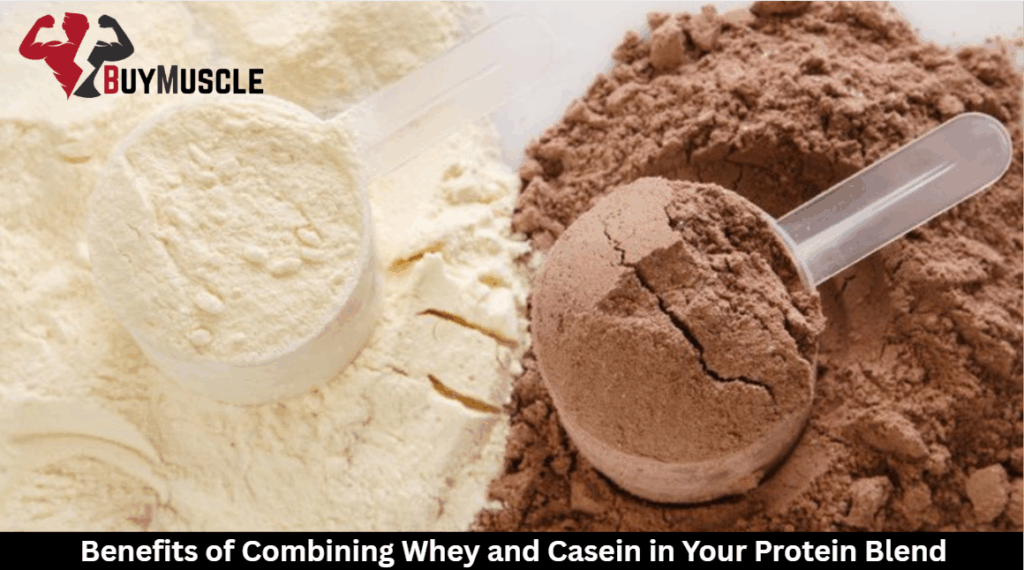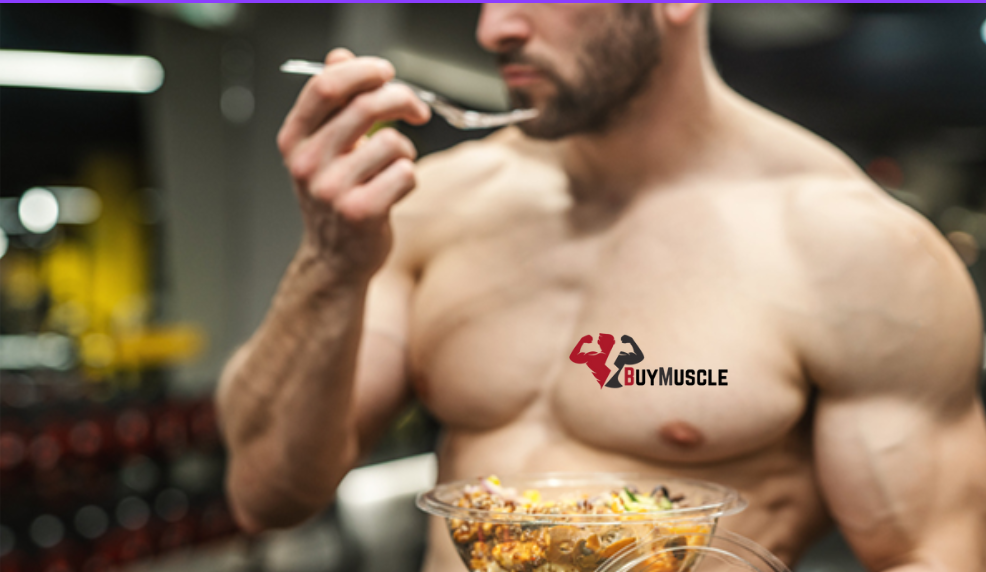Benefits of Combining Whey and Casein in Your Protein Blend
When choosing a protein supplement, you may have heard the whey versus casein debate. What if you never had to choose? With these two protein powerhouses, immediate recovery and enhanced long-term muscle maintenance. Whey delivers rapid amino acid release while casein provides hours of sustained nourishment. This strategic pairing addresses the complete recovery timeline in […]
Benefits of Combining Whey and Casein in Your Protein Blend Read More »








